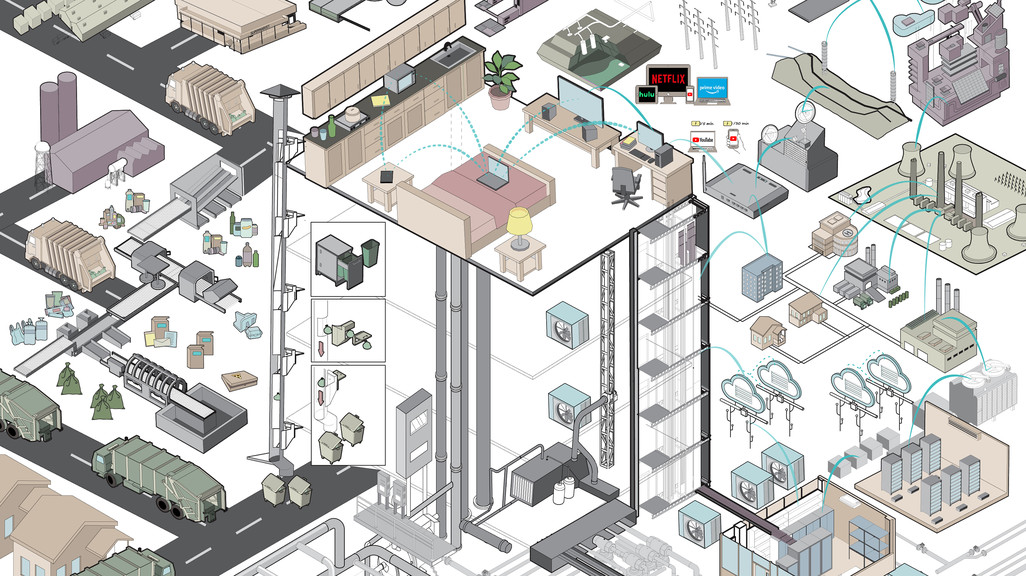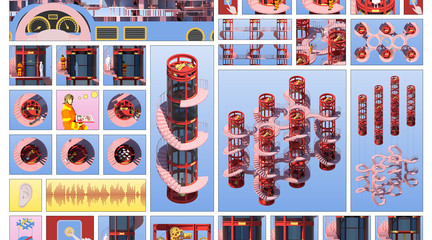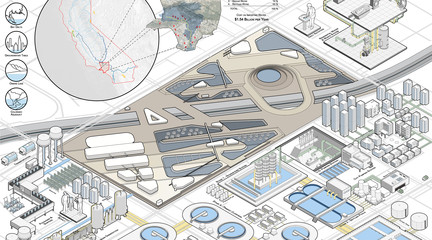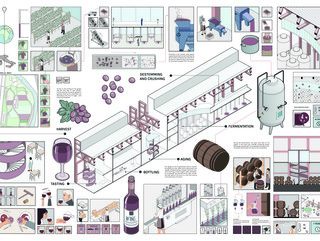
On Myopia and Farsightedness: Bridging Micro and Macro Ecologies
289 Technology Seminar
2020
On September 23rd, 2019, 16-year-old climate activist, Greta Thunburg addressed the UN's Climate Action Summit in New York delivering a viral speech that accused world leaders of their inaction on climate change. International opinion was increasingly sensitized. Only four months later TIME Magazine named her “Person of the Year.” As Felix Guattari, states in The Three Ecologies, “Media has becomes hypersensitive to the repetition of ecological ‘accidents’. Unfortunately, these discussions about sustainability and ecology, are always isolate in terms of simple “disturbances” related to a specific disaster and they are not visible in relation to a deeper and consistent problem relative to our ways of living.” Greta’s speech verbalizes and makes transparent the consequences of everyday actions and implies that dealing successfully with social and climate change on a worldwide level requires people to understand their own lives and actions in a global context. Recent events related to COVID-19 make us aware of the implications of our actions on a global scale, and vice-versa.
The architecture to come should take advantage of this previous knowledge (figurative, technical and political) but also make transparent those facts that only experts would be able to read. We will take as a reference of successful design that illustrates this syllabus: “Thomas Thwaites’ Toaster Project.” Thwaites imagined what would it be to design something from scratch, “”beginning by mining the raw materials(…), then, finding ways to process the raw materials on a domestic scale. The (im)practical aspects serve as a vehicle through which theoretical issues can be raised and investigated.” This object is not as “beautiful” as a Raymond Loewy’s or Dieter Rams’ one, but its beauty resides on the way it makes the complexity of a process transparent.
The course is proposed as a toolbox that should allow students to observe the implications of their architecture and urban designs on multiple scales of the ecosystems in which they operate: from micro to macro, from local to global, from near to remote. An unblock-boxing exercise that looks into design from a myopic and hypermetropic perspective and considers architecture as an agent that instead solving problems by simplification mediates in the controversy making all these processes transparent.
Related Faculty |
David Jimenez Iniesta |




- Ada Luchao Wang, Yu Han, Yifan Zhang
- Ada Luchao Wang, Yu Han, Yifan Zhang
- Neha Oswal, Akshada Muley, Gaurav Puri and Ruoyang Chen
- Neha Oswal, Akshada Muley, Gaurav Puri and Ruoyang Chen